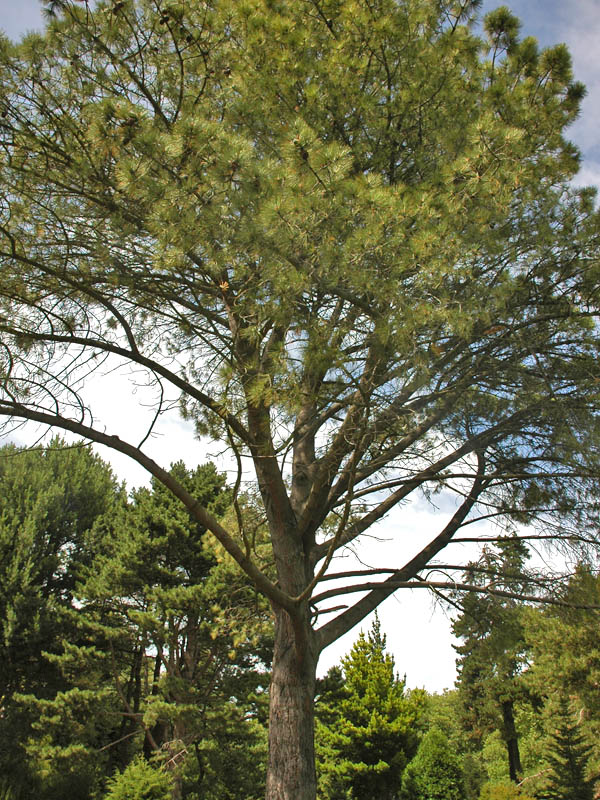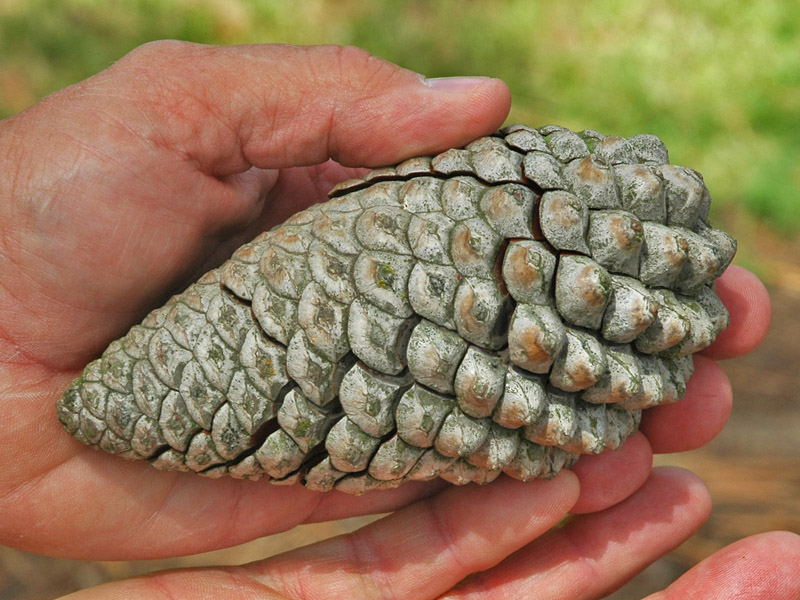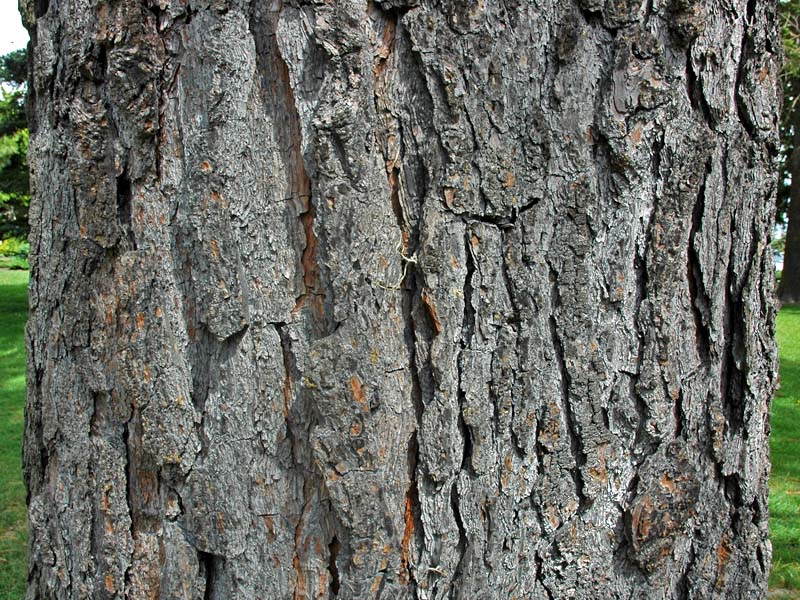| General Description | Large in size with most specimens having an irregular or unkempt form. Deep green needles in fascicles of five. Cones of this species are larger and heavier than most pines. |
| ID Characteristic | Specimens in the natural landscape are easily recognized by their unkempt form personified by heavy winds. |
| Shape | Tall, very broad and open canopy. |
| Landscape | This species is truly a great evergreen to add to any landscape because of its beautiful deep green foliage and intriguing cones. |
| Propagation | Propagate through seeds. For rapid and complete germination, seeds should be sown in individual pots followed by a cold stratification period of at least 30-90 days. It is best to plant seedlings out in their permanent locations early so that they may develop a strong root system. |
| Cultivation | Light sandy or gravely loam, well drained soils with acidic to neutral conditions. It requires full sunlight and will not tolerate shade but will withstand some humidity; once established it can survive drought. |
| Notable Specimens | Stanford University, California, United States of America. |
| Habitat | Along the southern coast of California. |
| Bark/Stem Description | The bark is smooth, and reddish brown in young specimens, eventually turning grey, becoming very rigid and scaly with maturity. |
| Flower/Leaf Bud Description | Buds are 2.5 cm long, ovular, cone shaped and pale brown in colour. |
| Leaf Description | Deep green, 5 needle fascicles are 2 mm wide and range anywhere from 20-30 cm long. They can be straight but sometimes have a slight curve to them from harsh winds. |
| Flower Description | Pine trees don’t actually have flowers; they have “strobili” which serve the same purpose. Strobili are pollinated by wind and the tree is monoecious. |
| Fruit Description | The Torrey Pine produces cones that are not only noticeably larger but heavier than most other cones. Cones are approximately 10-15 cm long, a striking grey almost silver colour. The cones have been known to stay on the tree for up to 10 years, slowly releasing their seeds. |
| Colour Description | Foliage is an attractive deep greenish-grey colour, cones are greyish silver, and the bark is brown but as the plant matures it turns grey. |
| Texture Description | Medium. |


